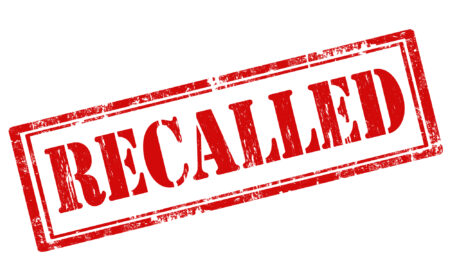A couple of articles published in the past couple of months about hospital billing have illustrated a great crisis of our modern healthcare system in the U.S. There was the very informative but disturbing article in Time magazine in March, “Bitter Pill: Why Medical Bills Are Killing Us” by Steven Brill (http://tinyurl.com/afcvpxa), which made no apology about exposing both for-profit as well as non-profit hospitals’ mind-bending billing practices that prioritize boosting the bottom line rather than caring for patients.
The other article, published more recently earlier this month by the New York Times, “Hospital Billing Varies Wildly, Government Data Shows” (http://tinyurl.com/c2vjq4y), drew attention to the disparity in cost charged to patients for identical care from one hospital to another, transcending regional variations as hospitals literally sitting across the street from each other charge vastly different amounts for the same procedure.
Both articles underscored the reality that the cost of providing care and the prices charged to patients are completely unrelated, and that hospitals follow obscure billing practices that rely on mysterious formulas. What is the true cost of care? I’m not arguing against hospitals’ charging a fair market value for their services and turning a profit. But fair market value is what’s key here – and the best interests of patients – not the financial gain of hospitals.
What I also find unnerving is that there is absolutely no transparency or guideline as to the method of pricing and charging for their services. Imagine going to a grocery store and depending on your method of payment or where that store is located, the total for your shopping cart may go from $100 to $800. In a transparent and real market economy, patients would be able to compare the price of healthcare services among providers in order to obtain the best services at the best cost. Where else do consumers engage a service without any knowledge of the price they’ll have to pay at the end? Nowhere but healthcare where patients only realize the financial trouble they’re in once they receive the bill, which can leave them anywhere from baffled to bankrupt.
Let’s give patients the power to decide where to spend their healthcare dollars. Usually when consumers are empowered, providers compete to provide the best service at the best price which should result in lower healthcare costs, more efficiency in delivering services, and increased quality and outcomes.





